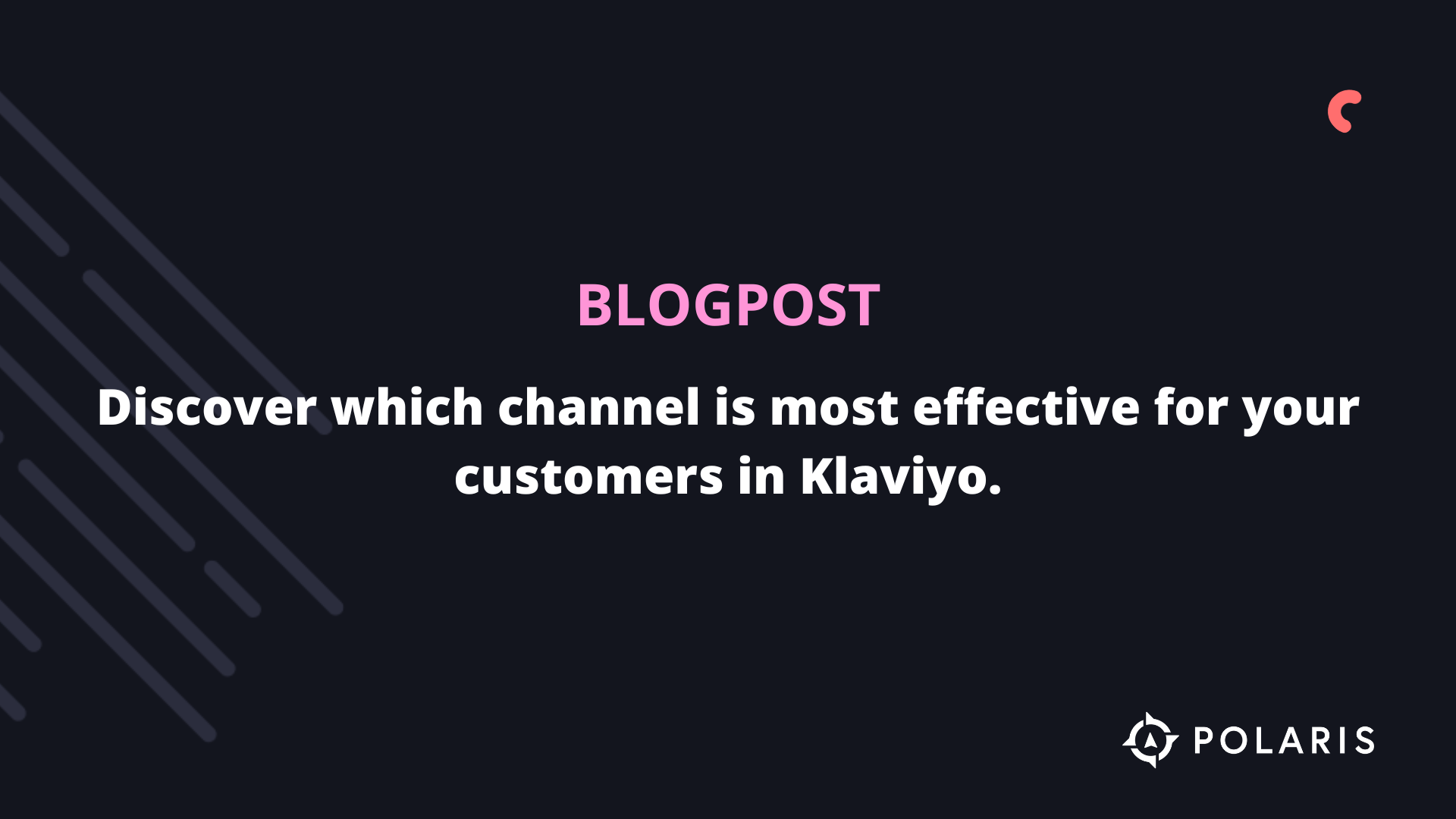Email Segmentation for your Shopify Store



You likely already understand the power of e-mail automation. When done correctly, it can become one of the most revenue-driving aspects of your store. To ensure this, you need to understand what segmentation is and why it's crucial for generating extra traffic, sales, and growth for your business. If you're just starting, segmentation might feel overwhelming. That's why we’ll share how to get started and the rationale behind it.
Broadcast Emails and Segmentation
Sending broadcast emails (one-time emails about offers, new products, etc.) doesn't have to be complicated. When done right, it can yield significant returns. If your message resonates with your audience, it will have an immediate impact on your business—resulting in nearly instant Shopify order notifications. However, this doesn't mean you should only create one type of email and send it to your entire list. To achieve excellent results, you need to take it a step further and think about segmentation.
So, what is segmentation? Think of it as a way to create tailored messages for specific groups within your customer base. In other words, segmentation allows you to split your subscribers into smaller groups with common characteristics.
There are numerous ways to segment your customers and potential customers. Here are a few examples:
- Everyone who hasn't made a purchase in the last 180 days
- Customers who purchased a specific item
- Customers who bought from a specific collection
- VIP customers who have spent over €500
- Everyone who has signed up but hasn't opened emails in the last 90 days
These groups share common traits and are considered "segments" of your overall contact list. If you're using Klaviyo, follow this guide to create segments.
Why Segmentation?
Now that we understand what segmentation is, the next question is: "Why?"
It's quite simple. When you send emails to targeted segments instead of your entire database, you ensure that you're sending relevant messages and reduce the risk of annoying your customers with irrelevant communication. For example, don't promote children's or women's clothing to a single man.
Once you've defined your segments, you'll better understand what to say and how to say it. (Think about it: you wouldn't talk to a potential customer the same way you would to a longtime customer, would you?) This applies to all content of your emails, from the subject line to the email body.
By personalizing your emails, you're in a better position to engage with your customers on a meaningful level. There are countless ways to make a segmented approach work for your e-commerce business. For example, if a customer bought a new bike helmet from you, send them an email promoting your bike gloves or glasses. If they've abandoned their cart, send a reminder email with a discount code.
If they've spent over €100 in recent months, invite them to access your Black Friday sale. The idea is straightforward, allowing you to discover which type of segmentation works best for your audience and business.
3 Segments to Consider
Here are three groups you should focus on first. While these segments are a good starting point, they aren't the only groups you can target. Don't worry—you'll gain a better understanding over time.
1. Winback
For the winback, use the "last order date" filter and set it to three months ago. This group has spent money on your products, and you have a history with them, even if it's short. Ask yourself: "Have we launched new products since then? Is there a seasonal promotion happening?" These are perfect opportunities to engage these customers again.
2. Product Launch
If you're in the fashion industry, this could be a "complete the look" campaign. When you launch a new product, think about which of your existing products it complements. Then, filter to find the customers who purchased that related product and send them an introduction to the new product. Ensure your content highlights how the two products work together.
3. VIP Customers
Filter for your valuable customers—those who have placed more than two orders or spent over €500. These are your most loyal customers, so let them know how much you appreciate them. Reward them with exclusive discount codes and early access to your newest products. Make them feel special!
Great Examples of Segmentation
Here are two brands excelling at email segmentation:
- Harry's. This grooming and shaving supplies company sends a great email to its VIP segment: "Because you're a loyal customer, you receive a surprise product from Harry's worth at least $5—maybe even something we don’t sell to the public." It's a fantastic way for the brand to connect with valuable customers and make them feel special.
- Allbirds. This shoe and apparel brand sends product launch emails based on segmentation. If a customer buys running shoes, they might receive an email about the same shoe type, promoting new colors or related seasonal products. These emails link the customer’s previous purchase history to relevant and engaging messages.
Now you know what email segmentation is, why it's important, and how to implement it (along with some great examples).
Start small with the three email segments mentioned above and expand from there, and you're likely to see a higher ROI from your marketing efforts. Give it a try—you won’t regret it! If you're working with Klaviyo, follow this guide to create segments in Klaviyo.
%20(1).png)





